Leoh Ming Pei . FAIA, RIBA ( 26 April 1917 – 16 May 2019) was a Chinese-American architect. Born in Guangzhou but raised in Hong Kong and Shanghai, Pei drew inspiration at an early age from the garden villas at Suzhou, the traditional retreat of the scholar-gentry to which his family belonged. In 1935, he moved to the United States and enrolled in the University of Pennsylvania's architecture school, but he quickly transferred to the Massachusetts Institute of Technology. He was unhappy with the focus at both schools on Beaux-Arts architecture, and spent his free time researching emerging architects, especially Le Corbusier. After graduating, he joined the Harvard Graduate School of Design (GSD) and became a friend of the Bauhaus architects Walter Gropius and Marcel Breuer.
In 1948, Pei was recruited by New York City real estate magnate William Zeckendorf, for whom he worked for seven years before establishing his own independent design firm, I. M. Pei & Associates, in 1955, which became I. M. Pei & Partners in 1966 and later in 1989 became Pei Cobb Freed & Partners. Pei retired from full-time practice in 1990. In his retirement, he worked as an architectural consultant primarily from his sons' architectural firm Pei Partnership Architects.
Pei's first major recognition came with the Mesa Laboratory at the National Center for Atmospheric Research in Colorado (designed in 1961, and completed in 1967). His new stature led to his selection as chief architect for the John F. Kennedy Library in Massachusetts. He went on to design Dallas City Hall and the East Building of the National Gallery of Art. He returned to China for the first time in 1975 to design a hotel at Fragrant Hills, and designed Bank of China Tower, Hong Kong, a skyscraper in Hong Kong for the Bank of China fifteen years later.
In the early 1980s, Pei was the focus of controversy when he designed a glass-and-steel pyramid for the Musée du Louvre in Paris. He later returned to the world of the arts by designing the Morton H. Meyerson Symphony Center in Dallas, the Miho Museum in Japan, Shigaraki, near Kyoto, and the chapel of the junior and high school: MIHO Institute of Aesthetics, the Suzhou Museum in Suzhou, Museum of Islamic Art in Qatar, and the Grand Duke Jean Museum of Modern Art, abbreviated to Mudam, in Luxembourg.Pei won a wide variety of prizes and awards in the field of architecture, including the AIA Gold Medal in 1979, the first Praemium Imperiale for Architecture in 1989, and the Lifetime Achievement Award from the Cooper-Hewitt, National Design Museum in 2003. In 1983, he won the Pritzker Prize, which is sometimes referred to as the Nobel Prize of architecture.
-
10.02019-11-19
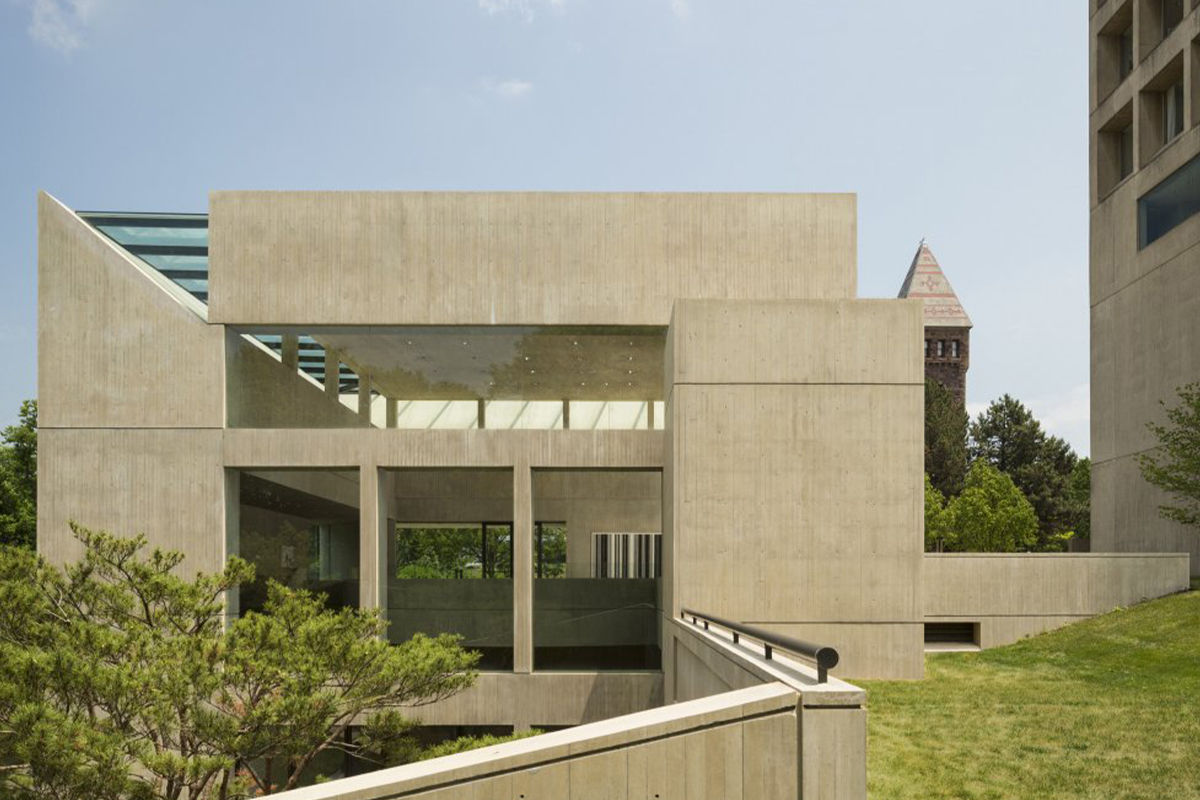
康奈尔大学约翰逊艺术博物馆
-
10.02019-05-02

伊斯兰艺术博物馆
-
9.02018-11-03
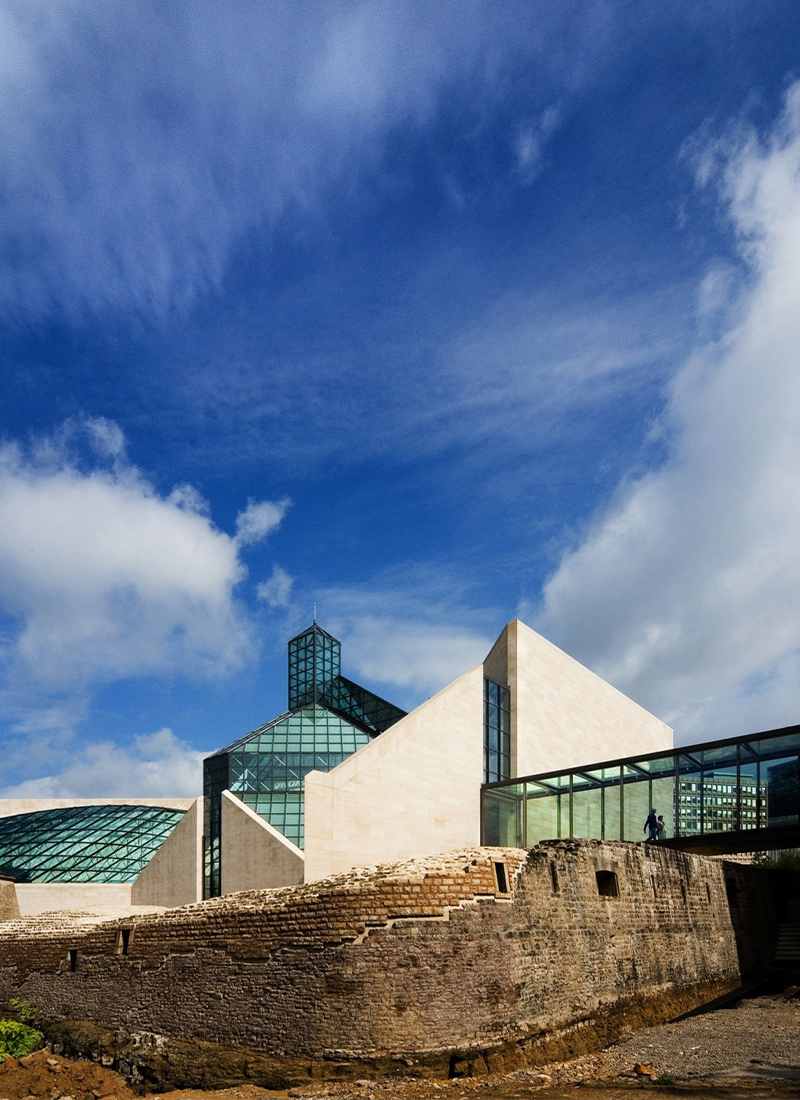
现代艺术博物馆
-
9.32018-06-13
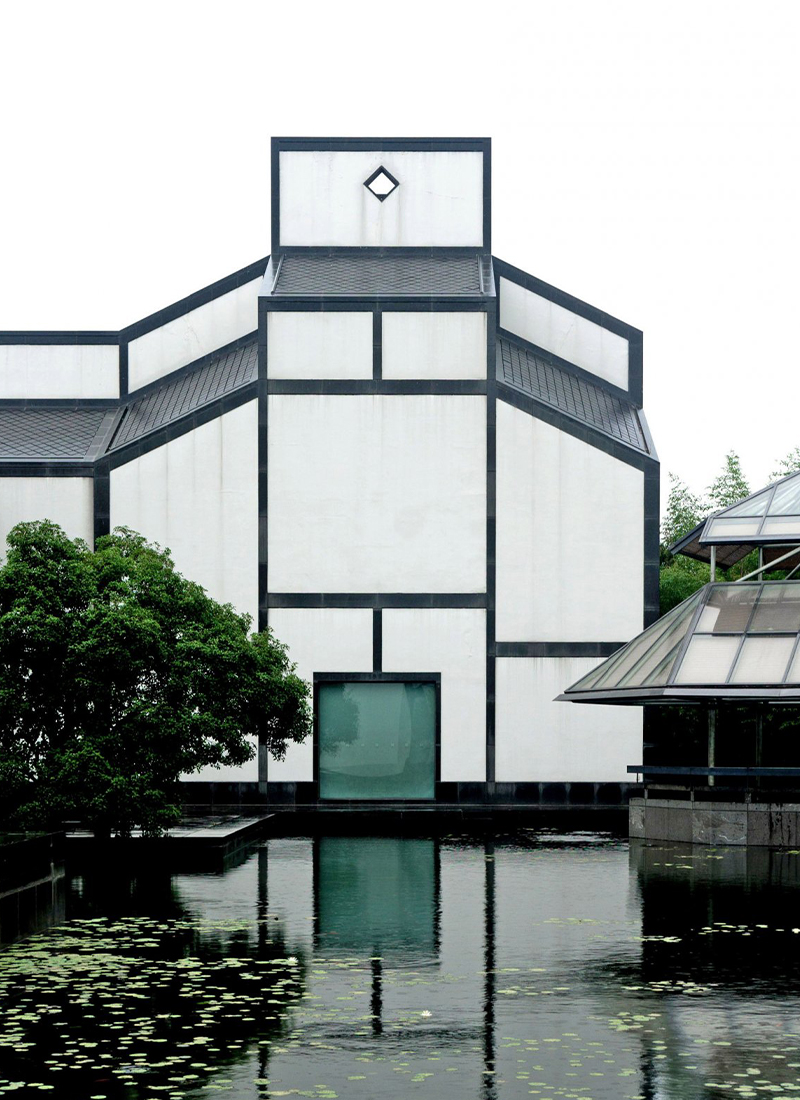
苏州博物馆新馆
-
9.32018-02-17
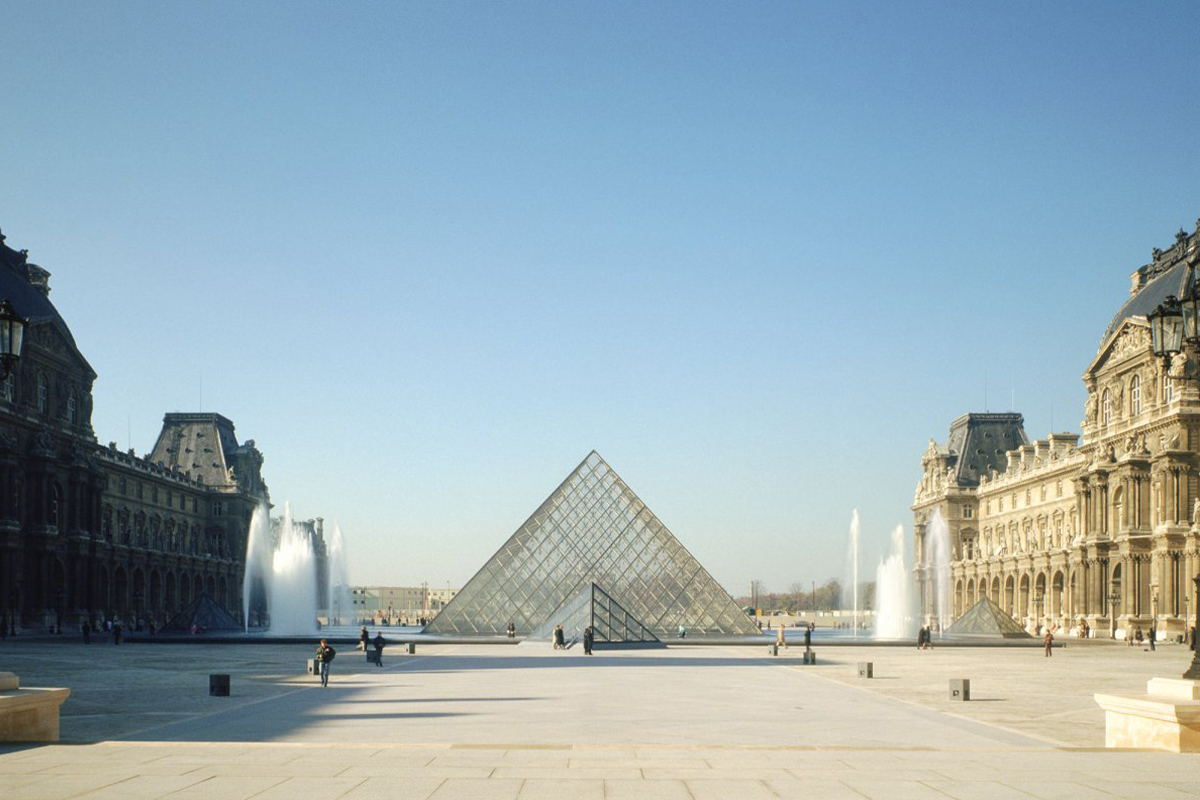
卢浮宫玻璃金字塔
-
10.02018-01-20
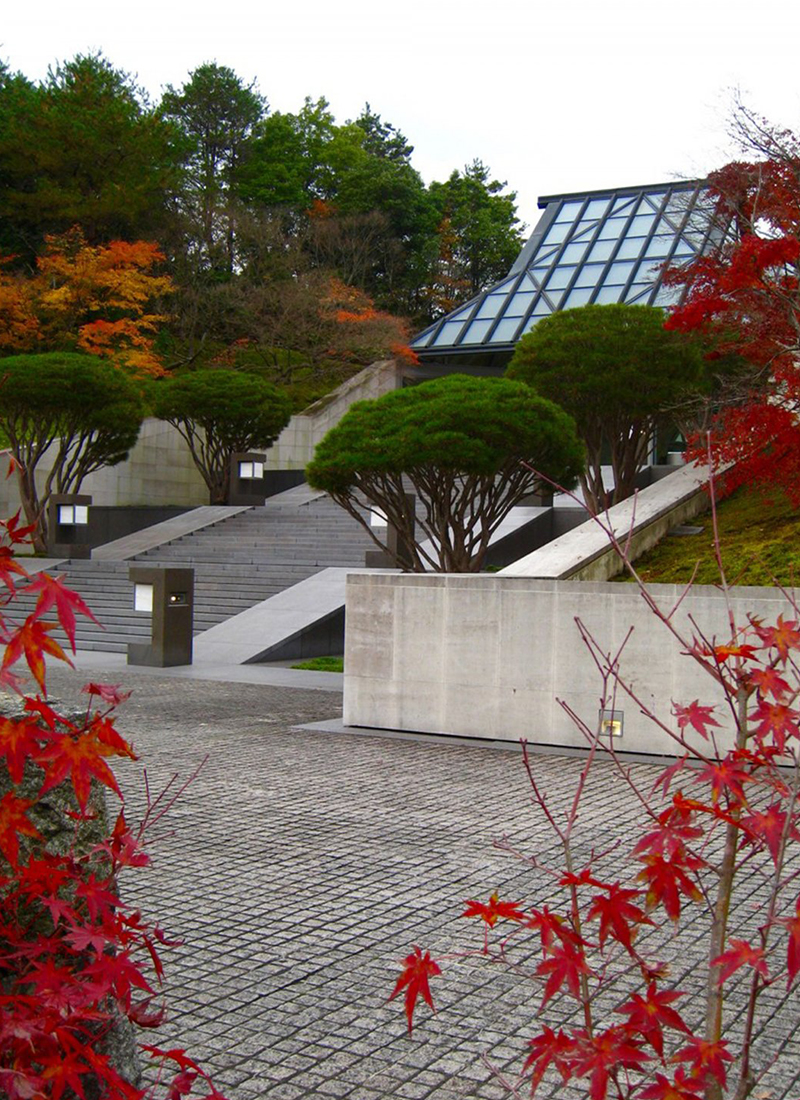
美秀美术馆
-
9.02017-10-11
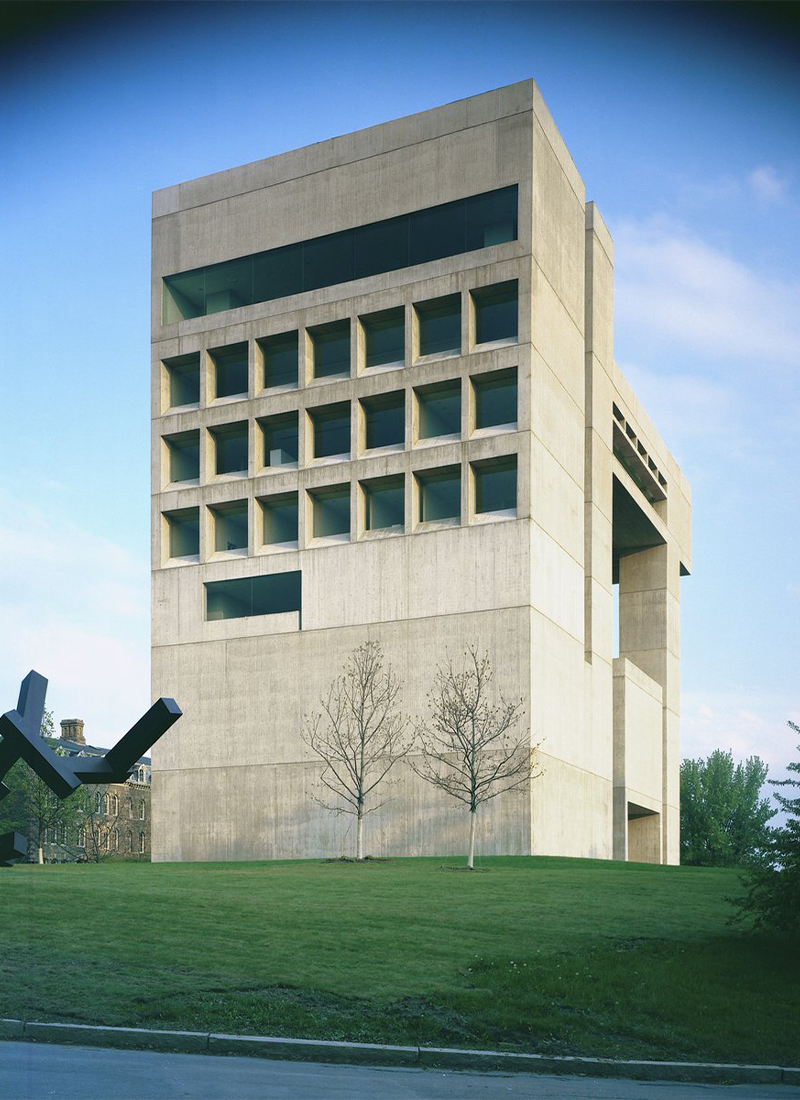
康奈尔大学约翰逊艺术博物馆
-
8.52017-07-01
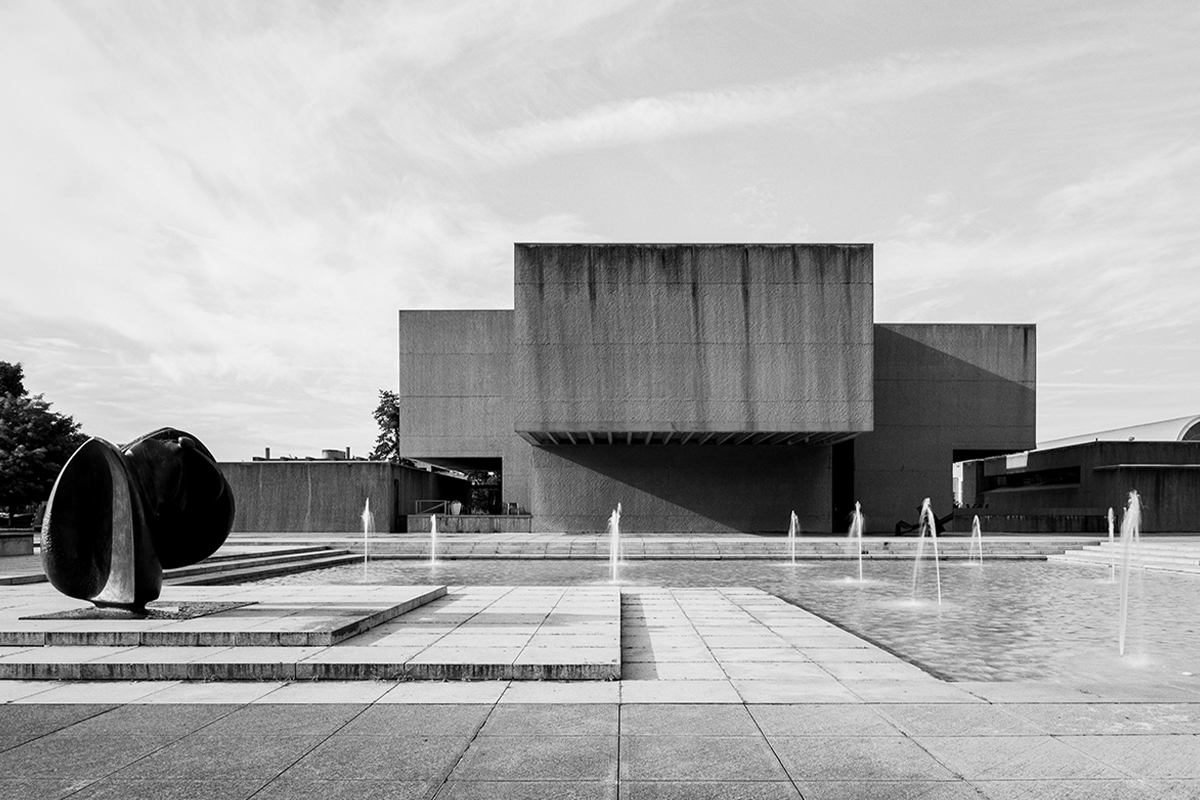
艾佛森美术馆
-
10.02017-06-08
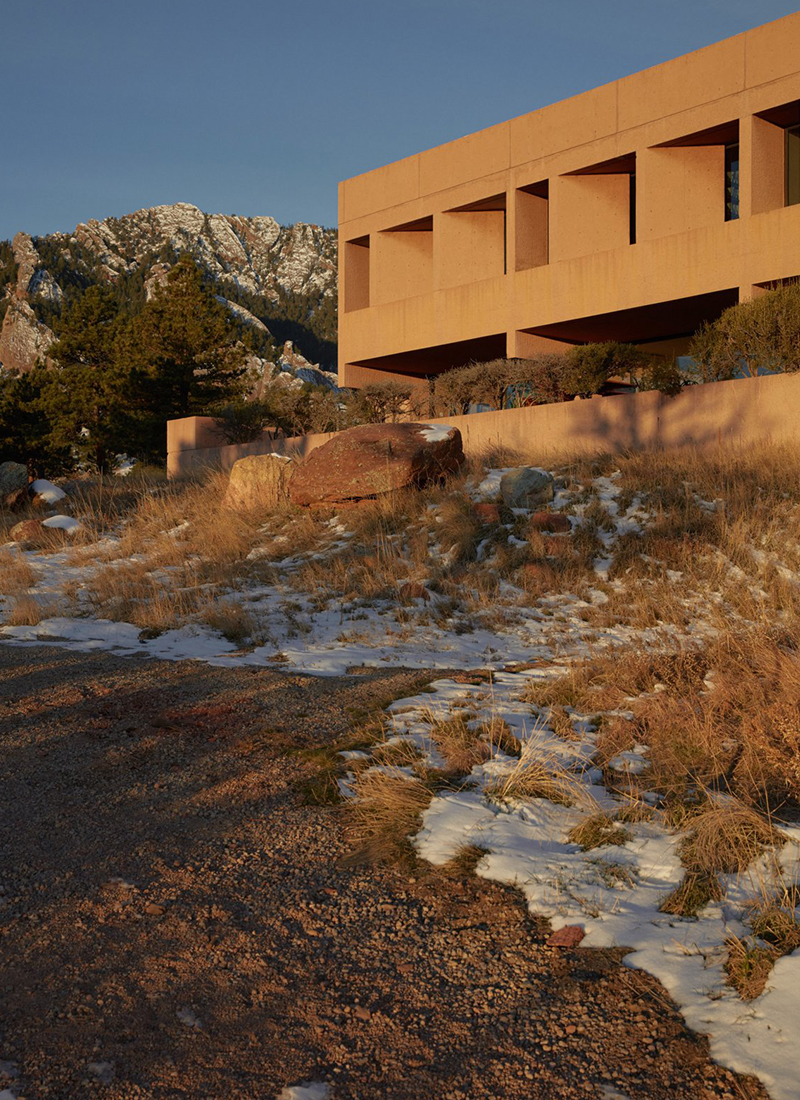
梅萨实验室








